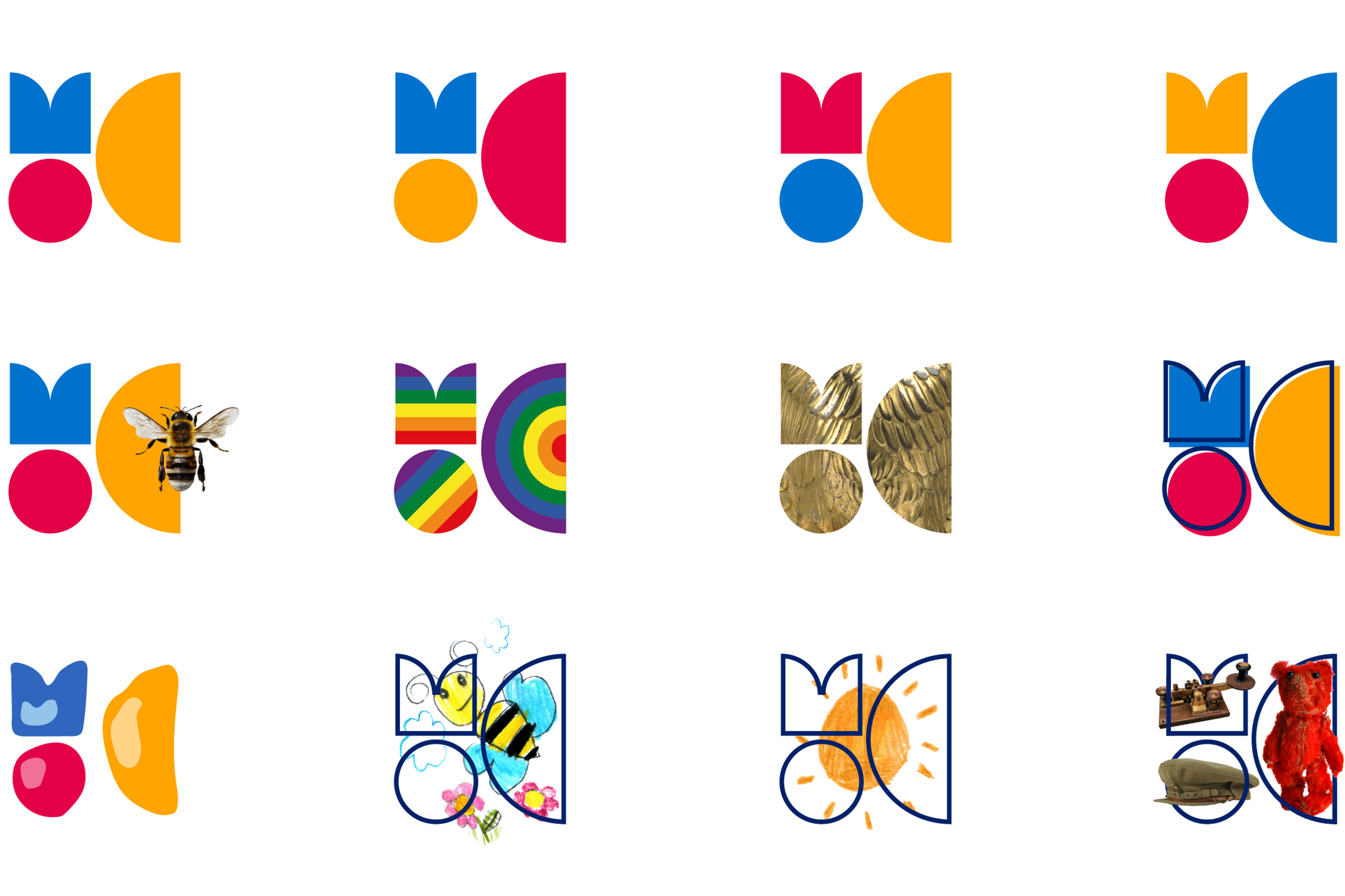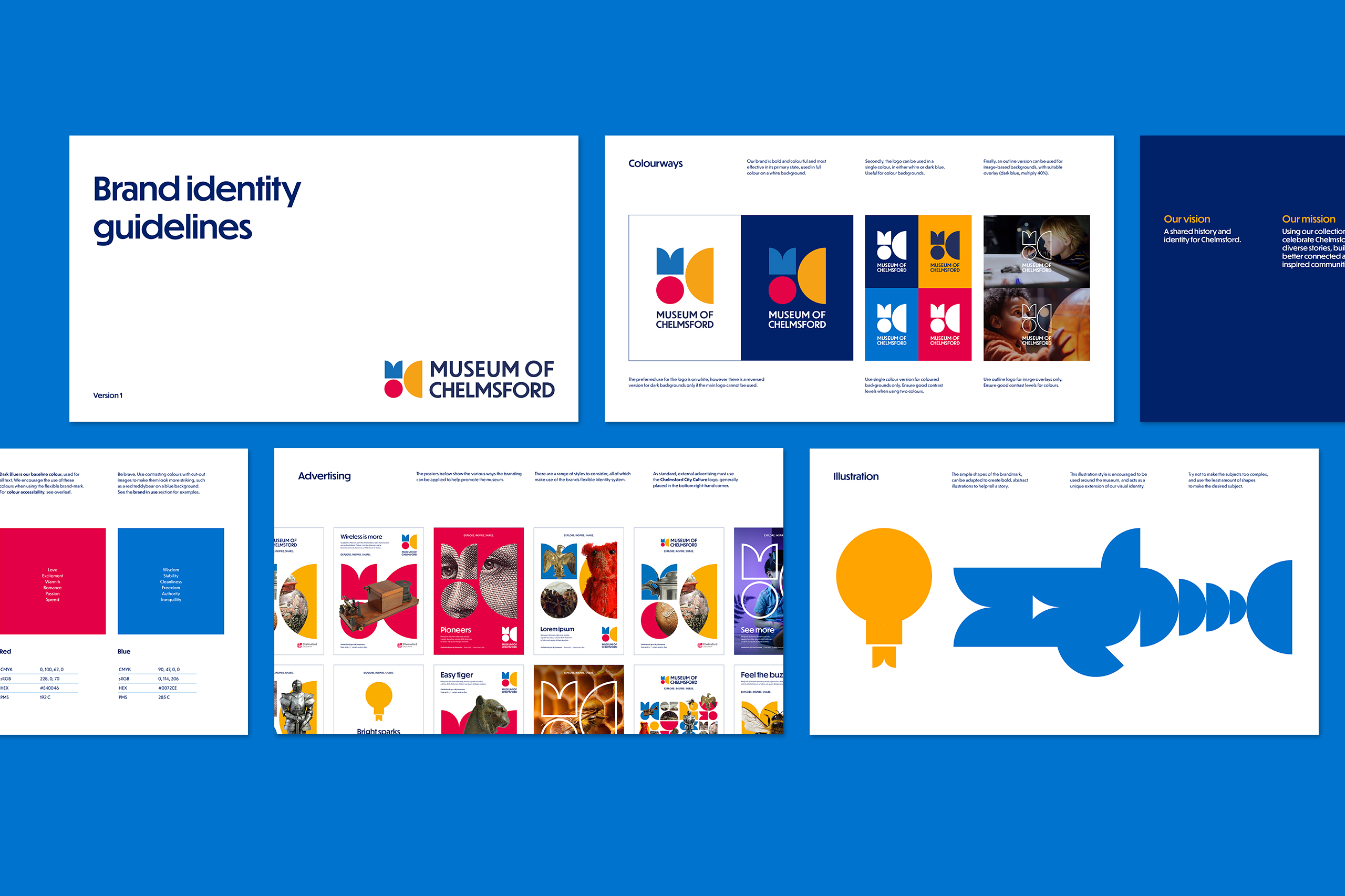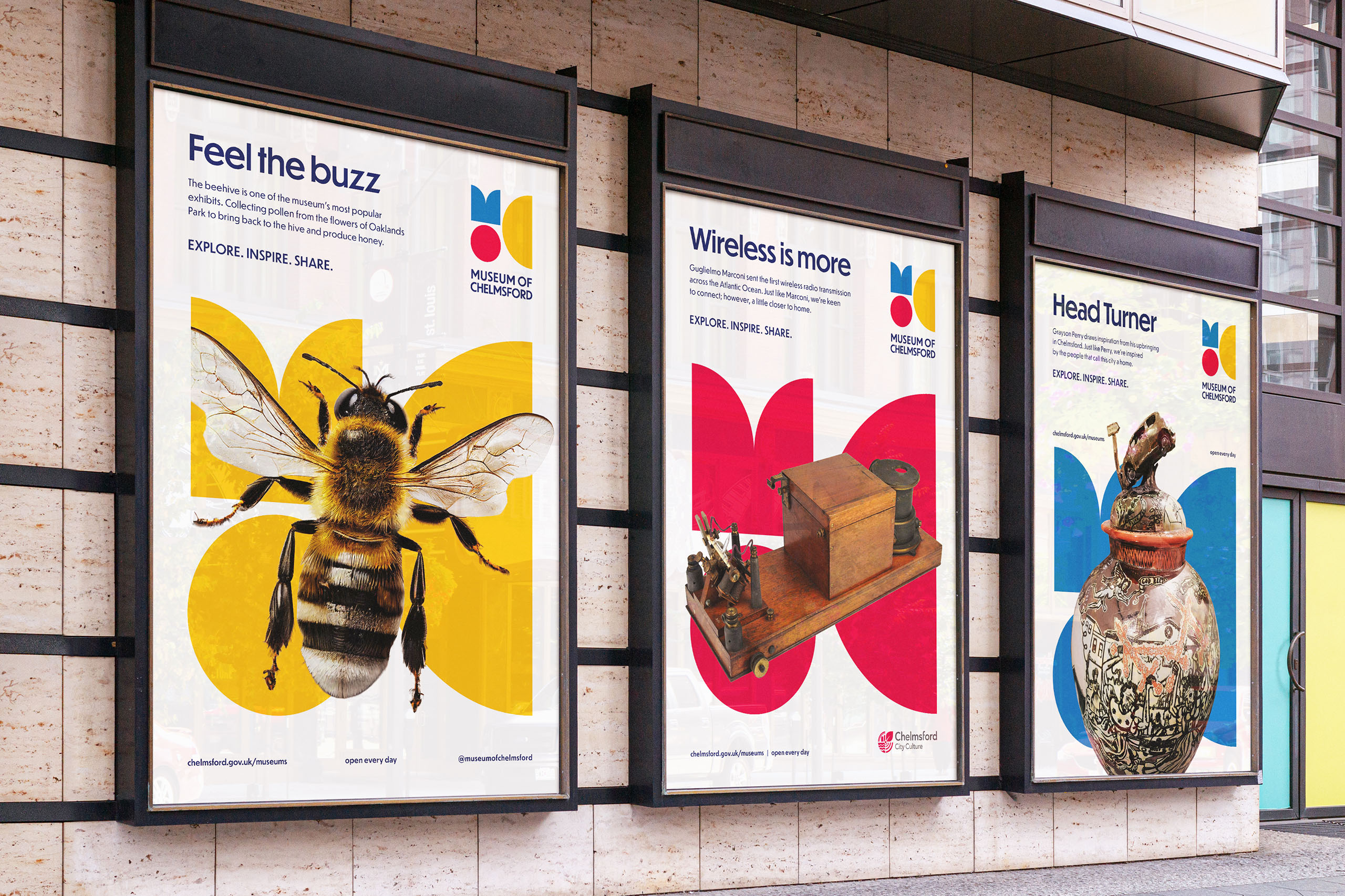Why a brand is more than just a logo
There are a great many people who believe that a brand starts and finished with a logo, but there is a lot more to it than that. There are many features that come together to make a brand work well, and that is what will be explored in this article.
Read on to find out why it is important to develop a strong brand, what some common branding ‘mistakes’ are, and how our expert team at This is Fever can help make your brand the best it can be.
What is branding?
Strong branding is a core aspect of any successful business, and is deeply beneficial for developing long-lasting recognition, trust and loyalty. It is made up of a wide range of internal and external factors, and is made more impactful by clear and consistent application.
The central elements of branding, that are essential for it to be properly executed, are the internal parts. These include the brand’s purpose, identity and positioning. The purpose is the reason that the business exists, aside from making a profit, and it feeds into the identity and positioning. Positioning refers to the way that a business differentiates itself from its competitors, while identity is the collective term for the way that the business presents itself.
The brand identity is communicated through the use of external, consumer-facing elements like the logo, colours and tone of voice of the business. These tangible parts are responsible for the development of a brand image, which is a set of perceptions held by a consumer about a certain brand. The purpose of branding is to, through the use of a carefully planned strategy, communicate the business’ purpose and align the brand image (how a consumer sees the business) with the brand identity (how the business wants to be seen).
Why is branding important?

As mentioned before, branding influences the image of a business that consumers hold in their mind. This is one of the reasons that effective branding is so important, as it allows for this image to represent the vision, mission and goals of the business, so that they can effectively appeal to their desired target audience.
Another reason for branding’s importance is powered by those tangible brand identity elements, and this is recognisability. It can be the flash of Coca-Cola red, the tune of the McDonald’s whistle, or the flick of the Nike swoosh, but one thing is always the same – it instantly makes you think of the business.
Alongside recognisability, branding also helps with memorability, as catchy jingles and iconic straplines stick around in consumers’ heads for a very long time, especially when consistently reinforced.
What are some common branding blunders?
There are some choices that people often make that hugely reduce the effectiveness of their branding efforts. One is focusing too much on external factors, without backing them up internally. This means that the external elements, like the tone of voice and colour palette, are not informed by a clear brand purpose, which, by extension, leads to inconsistencies in their application.
This lack of consistency is something that is commonly seen in branding that is applied without a well-defined strategy, and can be very impactful on memorability, which relies heavily on consistent reinforcement. Something that can cause greater problems with a business’ branding consistency is the temptation to follow trends. As we all know, the internet contains a constant flow of trends and challenges, which many businesses are quick to join in with. However, if a trend doesn’t align with a business’ brand, taking part can sometimes be quite damaging for their reputation.
This can be due to a misalignment with the business’ target audience, which is actually a potential issue on its own. If a business’ branding efforts don’t align with their audience, they become far less effective. For example, if a company like Louis Vuitton was chasing trends in an attempt to appeal to a Gen Z audience, they would be neglecting and alienating the majority of their target audience, resulting in a weaker overall brand.
How can This is Fever help with branding?

Many of the potential issues outlined above can be avoided through the use of a set of comprehensive brand guidelines. The development of these guidelines is a service that we offer at This is Fever, alongside brand workshops and brand identity design. One example of our branding services in action is our partnership with the Museum of Chelmsford, where we have worked to create a unifying brand identity to reflect the museum’s role in the community.
We collaborated closely with the community, undertaking brand workshops with staff, volunteers and local groups so that the final brand decision would be well suited to the museum’s relationship with locals and visitors. Once we had settled on a final concept, a modular logo design and flexible brand identity system were created in order to allow for maximum use of the branding while maintaining consistency across all communications.
For a better understanding of how our team at This is Fever can help you to make the most of your brand, whether you’re in need of a complete overhaul or just some clarification on your direction, feel free to get in touch.



